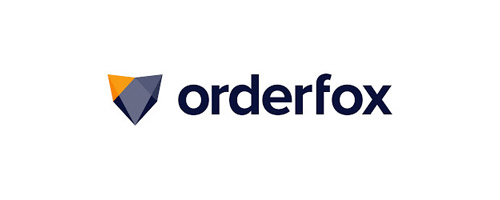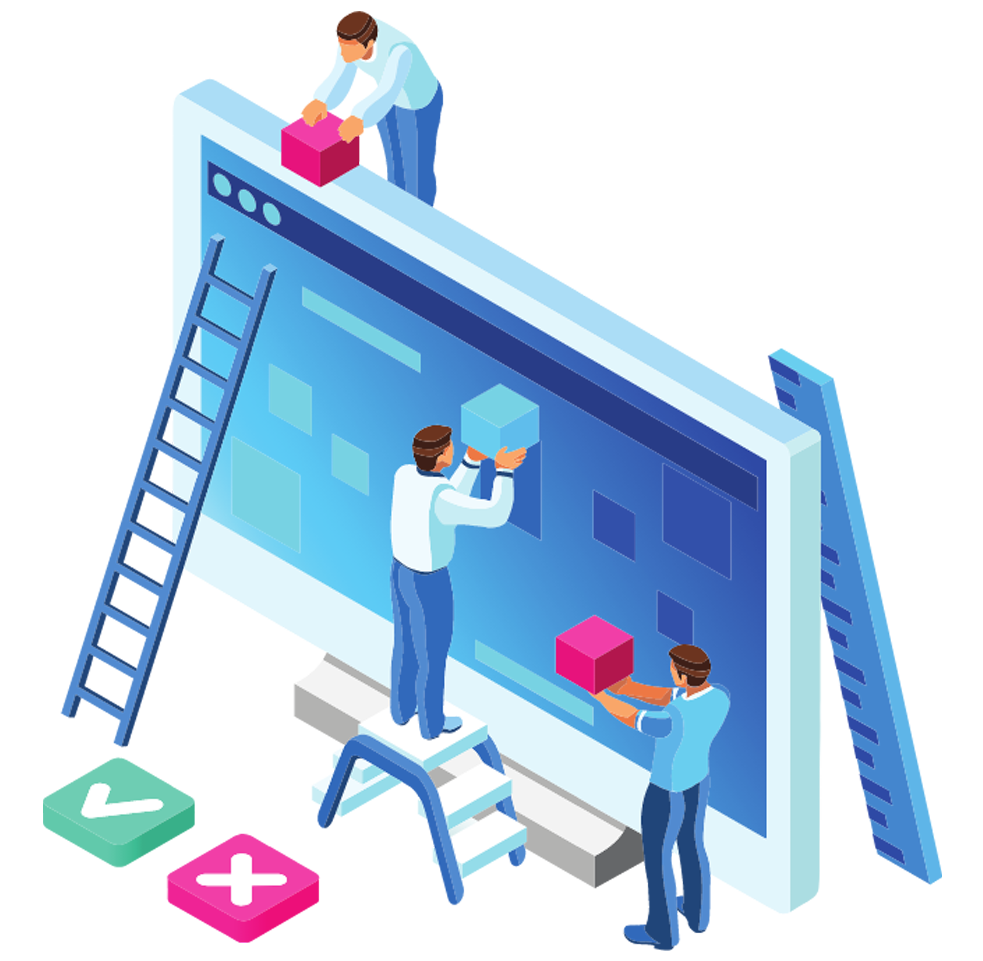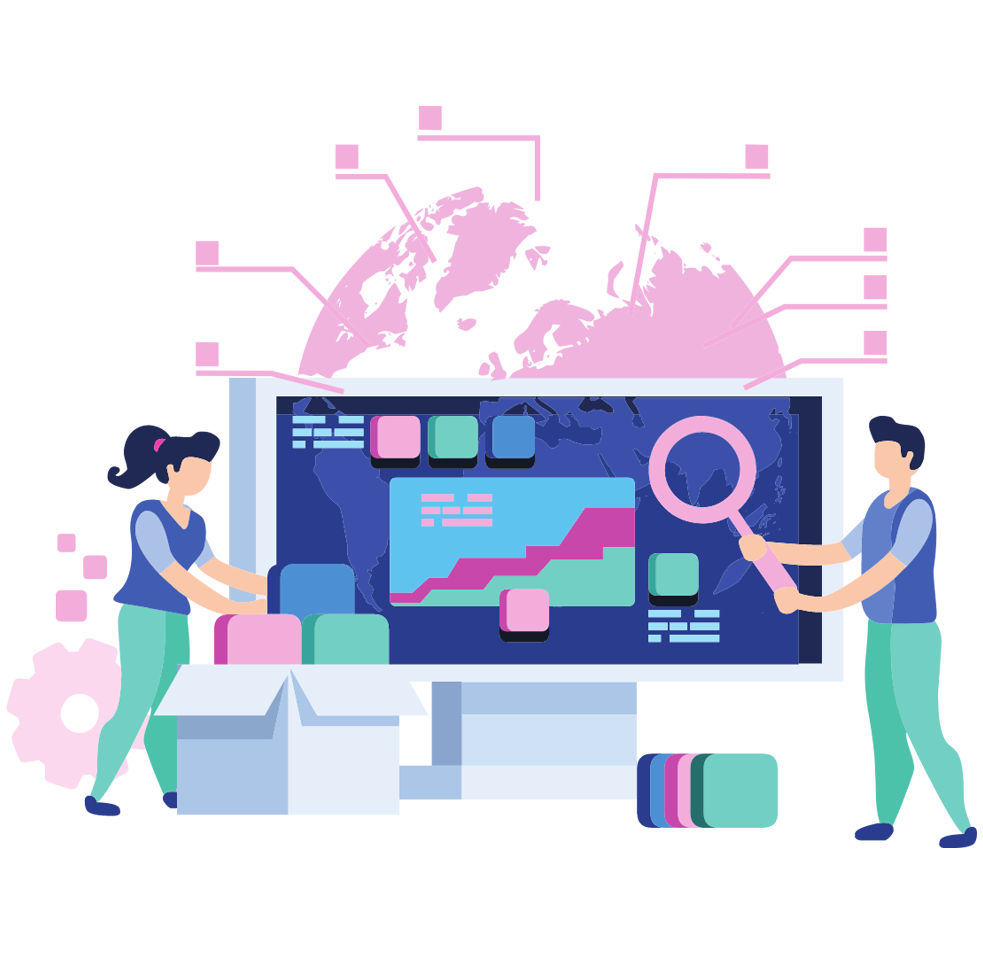In this article, we describe possible approaches to integrating Salesforce with the tools you use in your organization and explain key concepts.
Salesforce’s open API
When we say that Salesforce has open APIs, it means that the platform provides public application programming interfaces (APIs) that allow other systems, applications, or tools to communicate with Salesforce and exchange data. It’s like opening a gateway that allows other applications to access and interact with data and functionality inside Salesforce.
With the open API, developers can create their own applications or tools to communicate with Salesforce. This allows for the integration of the Salesforce platform with other business tools, as well as the creation of custom functions and processes based on data residing in Salesforce. The Open API allows data to be sent to and retrieved from Salesforce, as well as automation – for example, when a new customer record is created in Salesforce, the API can be used to automatically send an email notification to the appropriate employee.

ETL tools
Integration using ETL (Extract, Transform, Load) tools is the process by which data is
- extracted (extracted) from a single source,
- transformed (transformed) to conform to the format or structure of the target system,
- and then loaded (loaded) into that target system.
ETL tools are used to automate this process – they ensure consistency and accuracy of data flow between different systems.
The ETL process consists of three main steps:
► Extract: In this step, data is extracted from various sources, such as databases, CSV files, and other systems. Data is “extracted” from these sources and prepared for further processing.
► Transform: the data is transformed in a way that makes it compatible with the structure or format of the target system. Various operations may be applied, such as:
- filtering,
- aggregation,
- format conversion, etc.
► Load: now the transformed and customized data is “loaded” into the target system or database, where it can be further used and analyzed.
Integration using ETL tools is often used for
- migrating data between different systems,
- consolidating data from different sources,
- creating data warehouses.
It is also applicable in cases where data must be regularly transferred and updated between systems.
Webhook mechanisms
Integration via webhook mechanisms involves establishing automatic notification between two systems in real time when a certain event or action occurs in one of the systems. It is a type of asynchronous communication in which one party (the source) sends an HTTP request to the other party (the receiver) to transmit information.
The webhook mechanism works according to the following scheme:
Webhook registration: in the system to be notified of events, the URL (endpoint) to which notifications will be directed is registered.
Occurrence of an event: in another system, when a specific event occurs (e.g., adding a new client), an HTTP request is generated to the registered webhook containing data related to the event.
Processing of the notification: the system receiving the webhook request processes the transmitted data and takes appropriate action based on the information received.
An example of the use of webhooks in the context of Salesforce could be the integration between a CRM and a marketing system. When a new customer is added to the CRM system, that system can automatically send a webhook request to the marketing system, informing it of the event. The marketing system can then launch a marketing campaign targeting the new customer.
Webhooks are useful in cases where immediate response to events and real-time exchange of information between systems is needed. They allow integration of different applications in a flexible manner, which is particularly useful in areas such as
- e-commerce,
- customer service, or
- real-time event monitoring.
Integration bus
An integration bus, also known as an integration bus or integration platform, is an IT tool or infrastructure that enables communication and integration between different applications, systems, or components in an organization. It is a kind of “central data exchange point” or “communication bridge” that allows consistent information transfer and operations between different parts of a company’s technology infrastructure.
Integration buses are particularly useful in companies where there are multiple applications and systems running side by side, and the need for effective communication and cooperation between them is crucial. With an integration bus, you can streamline your company’s operations, increase the efficiency of your operations, and increase your flexibility to adapt to changing business needs.
The bus can operate unidirectionally or bidirectionally, and the choice depends on the needs and requirements of the specific case, as well as how the systems are to work together and what data needs to be exchanged.
Queue mechanism – asynchronous integration
“Queue-based” integration refers to the way data and information are transferred between systems through the use of a queue mechanism that works on the principle of “wait and process later.” It’s like waiting in line in a store, where customers are served one by one.
In the context of IT integration, the queue mechanism is used to transfer data from one system to another in an asynchronous manner. Data is placed in a queue, and the target system receives and processes it as it goes. This allows data transfer operations to be separated from data processing operations, which can be particularly useful when there are differences in processing speeds between systems.
An example is the integration between a store’s website and warehouse system. When a customer places an order online, data about that order can be placed in a queue. The warehouse system receives the data from the queue and processes it, generating shipping processes. As a result, there is no overloading of the website in case of increased customer activity.
Queue-based integration is useful when different systems work at different rates or are subject to fluctuating loads. It enables efficient data transfer and avoids overloading, which contributes to more stable and efficient integration processes.
Queue-based integration is sometimes referred to as “asynchronous integration.” This term refers to processes that do not occur at the same time. In asynchronous integration, the transfer and processing of data does not occur immediately after it is generated, but at a later time when the target system is ready to receive it.

End-to-end integration
End-to-end integration (E2E) refers to a complete process or integration chain that includes all steps or elements of a process. That is, the entire integration path is consistent and the process runs smoothly.
In the context of IT integration, end-to-end integration means that all steps in the process are interconnected and data flows seamlessly between different systems or components. It’s like a jigsaw puzzle, where each part fits perfectly into the rest.
An example of this type of integration would be a customer service process that involves
- acquiring a potential customer,
- going through the sales process,
- after-sales service, and
- managing the customer relationship.
End-to-end integration in this case means that customer data is transferred seamlessly through all stages of this process, ensuring consistency of information and improving customer service.
Summary
Integrate Salesforce with the tools you use in your organization! Our specialists know all about the methods described above and will help you achieve a seamless flow between your company’s key IT solutions.
Contact me and I will answer your questions and give you a preliminary quote for your project!








































